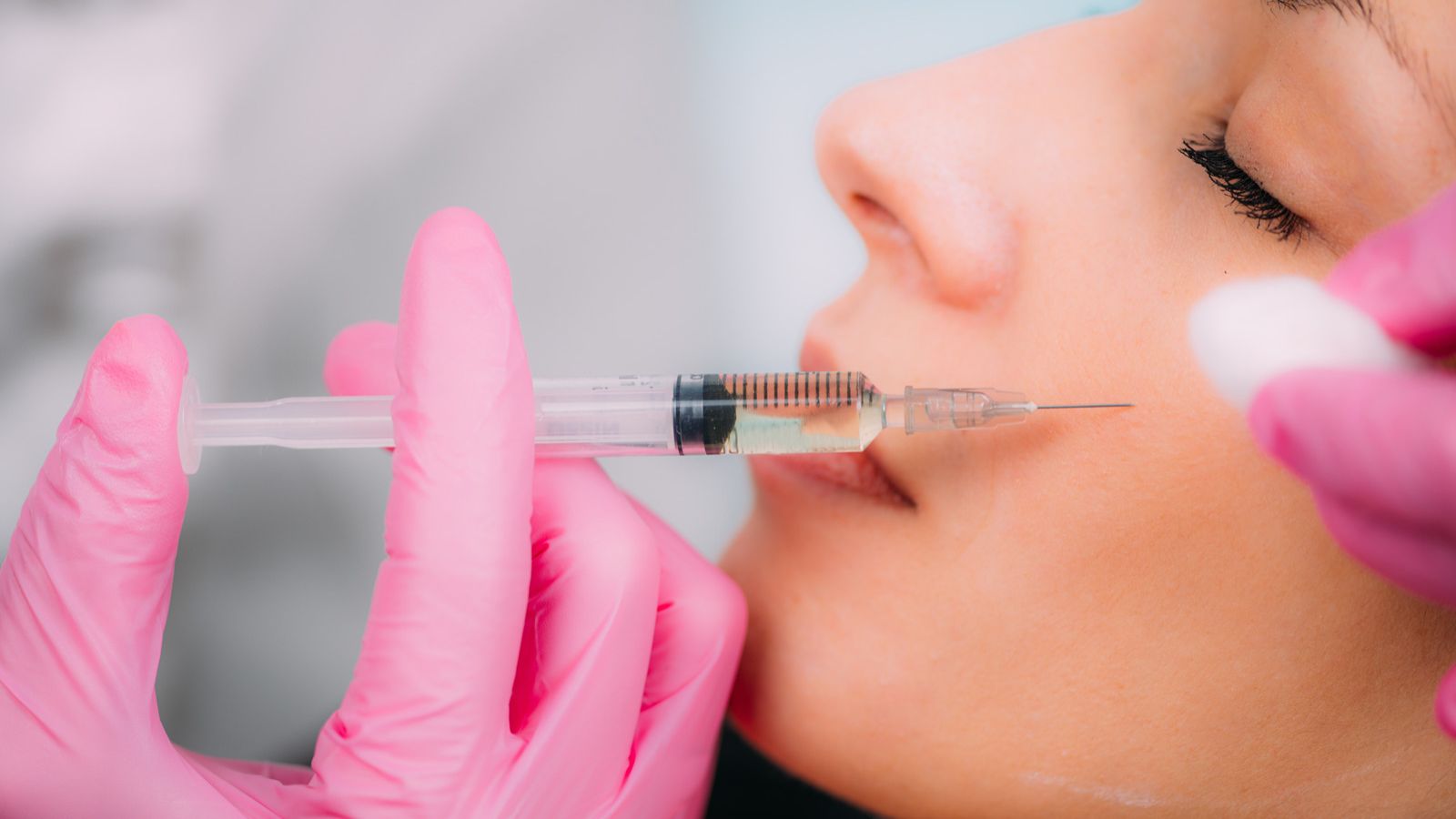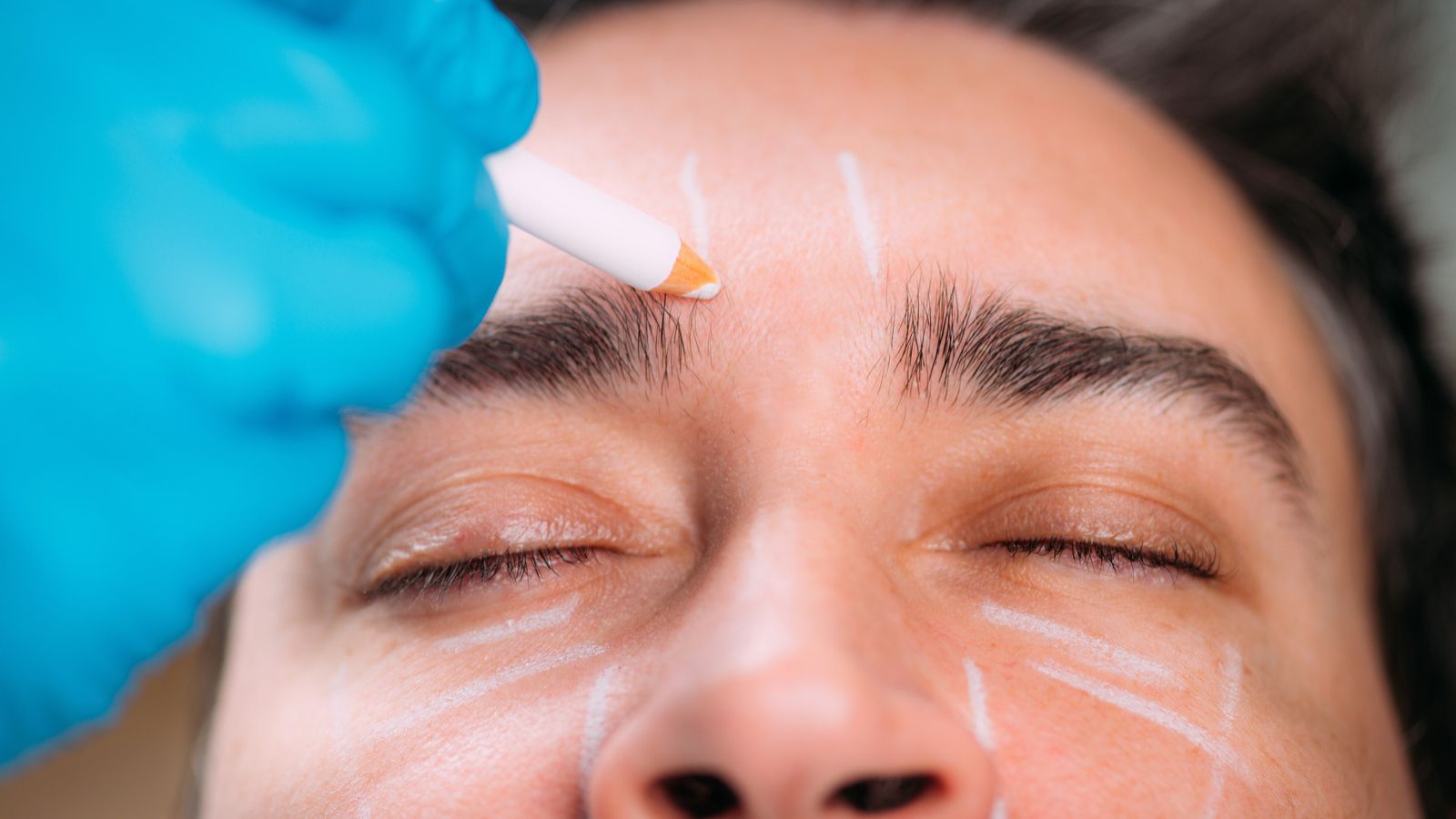Join The Nantwich Clinic Club to keep up to date with news and offers!
Sign Up
The technologies and treatments used in facial rejuvenation treatments have undergone huge advancements in the last 10 or 20 years, making them far safer, more effective and more subtle than previously available surgical alternatives. One constant throughout that timeframe though is the speculation that sits over anti-wrinkle injections and dermal fillers, although this is mostly focused around which of the two treatments is best.
Both of them have their own benefits, and both of them are suitable for different reasons, allowing people to opt for a smaller non-surgical tweak to their appearance instead of a dramatic surgery. So, we thought we should answer one of the biggest questions asked by people who are considering injectable treatments to look younger and that question is – what’s the difference between anti-wrinkle injections and dermal fillers?
Starting from the very beginning, the differences start out with what the two different injectable treatments are made of. Anti-wrinkle injections, more commonly known of as Botox thanks to its chemical name (Botulinum Toxin A), are made up of natural proteins that are purified from the Botulinum Toxin. Dermal fillers on the other hand are made up of hyaluronic acid, which is a naturally occurring sugar found within the body and is lost with age.
We’ll start with anti-wrinkle injections and they pretty much do exactly as their name suggests by fighting the appearance of wrinkles. They do this by temporarily relaxing the facial muscles and inhibit their ability to contract as normal, stopping the skin from wrinkling and creasing which leaves a more youthful appearance.
Dermal fillers on the other hand don’t have this kind of effect and instead are responsible for replacing areas of lost volume, or to enhance the appearance of a targeted area such as the lips or bridge of the nose. That’s not to say that dermal fillers can’t be used to fight the appearance of wrinkles, but they are much better suited to static wrinkles which remain even when the face is making no expressions.
Another subtle difference between the two is the areas that they are most suitable to treat, with anti-wrinkle injections tending to focus mainly on the upper face and dermal fillers tending to focus on the middle and lower areas. The areas that anti-wrinkle injections are best for are the overly expressive areas such as crow’s feet, frown lines or forehead wrinkles, all areas that use different muscles to help to convey emotional expressions like smiling or frowning. For dermal fillers it’s mainly targeting the areas that have lost volume due to the effects of ageing and gravity, with the cheeks, tear troughs and lips being some of the most popular treatment areas.

While both treatments can provide results that will change your appearance, they are only temporary and if you want to maintain and maximise the benefits that you receive then top-up treatments will be a necessity for you.
For dermal fillers, you can expect to see results that last somewhere between 6 to 12 months but this will depend on the exact type of filler that is used, where it is being injected and what the purpose of the treatment was (enhancement of an area like the lips or as an anti-wrinkle solution). For anti-wrinkle injections you should see results that last around 6 months before a top-up is required to keep them showing.

It doesn’t matter whether a treatment is surgical or non-surgical, there is always the risk and possibility of side effects that can occur (and what good would we be if we didn’t try to find and explain them).
For both anti-wrinkle injections and dermal fillers it’s possible that you may experience some discomfort at the injection site, but this is only what you would expect with any injection (such as a vaccine). There’s not really any downtime associated with anti-wrinkle injections, and while redness and bruising are possible they are a rare side effect, with most clients getting back to their daily routine without any fuss.

Making the decision between anti-wrinkle injections and dermal fillers shouldn’t be difficult, especially if you know what you are looking to achieve from the outset. They are two incredibly similar, but altogether different treatments that leave you with different results. You can opt for either one of them, or both combined as complementary treatments that can provide you with a complete facial refresh, leaving you looking and feeling renewed and revitalised.
If you have any questions about which type of injectable treatment would be the best option for you, feel free to get in touch with us today using the form on our contact page. Our aestheticians would be more than happy to discuss the best options for you, and the results that you’re likely to achieve.
Whether it’s a quick question that you need to ask, or you would like to book an appointment with us, we want to hear from you. Simply click the button below to get started or contact us on 01270 627118.
